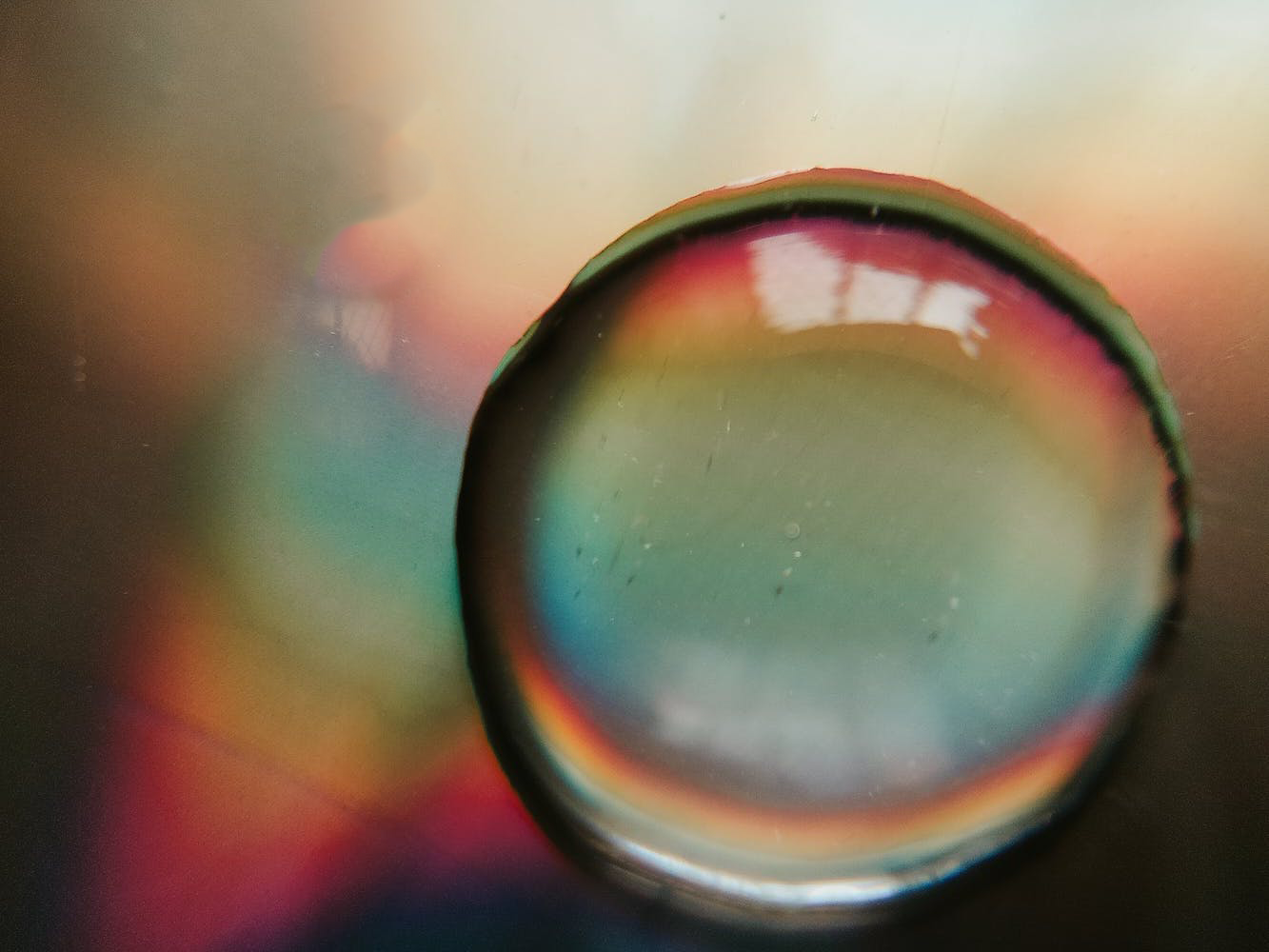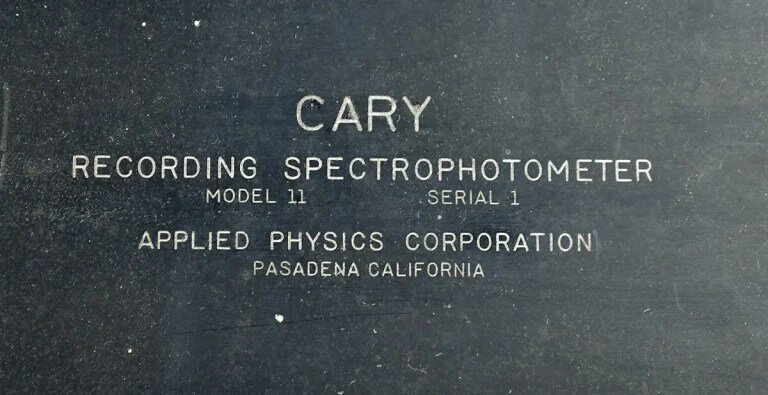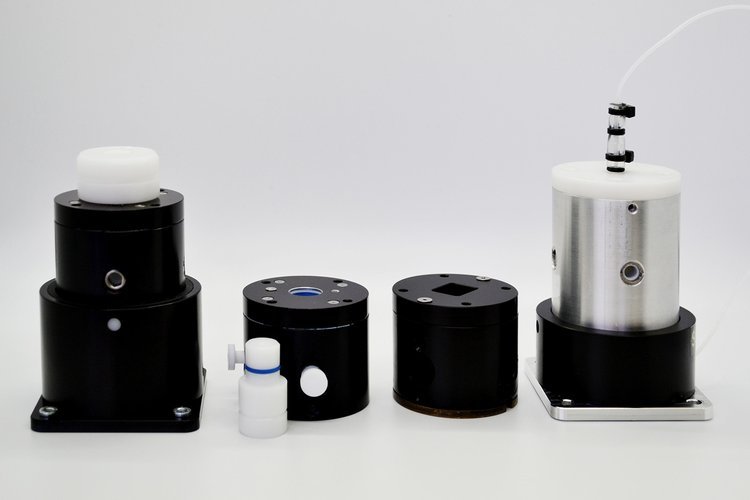
OLIS CLARiTY 17
CLARiTY performance with an upcycled Cary 14/17 UV/Vis/NIR
The ideal CLARiTY for laboratories wanting UV/Vis/NIR on clear & turbid samples. The model 17 offers the broadest spectral range of performance of all CLARiTY models, 240-1100 nm. And, since the optics are those of a classic Cary prism grating double monochromator, the spectrophotometer features measurably low stray light, high photometric precision, computer-controllable slit widths during scanning, and angstrom spectral resolution throughput range (0.1 nm in UV/Vis and 0.3 nm in NIR). Easily reconfigurable with appropriate additional hardware to support absorbance 185-2600 nm, as well as Uv/Vis/NIR fluorescence and CD, on clear solutions.
Standard Model Performance
CLARiTY Absorbance UV/Vis/NIR
Download Specifications
Upcycle from Standard
Fluorescence
Circular Dichroism
Circularly Polarized Luminescence Fi
Accessories

"What can I say? I am in love with the CLARiTY system. I can also envision doing real time whole cell inhibition with the CLARiTY."
Professor Paul Hoffman,University of Virginia
"I am in love with OLIS … the OLIS CLARiTY 17 is the most sensitive equipment I have ever used. Enables the detection of phytoplankton even in the most oligotrophic waters. OLIS CLARiTY supports more efficient and cost-effective experiments and makes it possible to perform highly accurate and sensitive absorbance spectra of the test material. "
Prof Sylwia Sliwinska-Wilczewska, University of Gdansk and Mount Allison University
The Short and Long of It.
The Short
A single page piece, circa 2014, on using CLARiTY to follow metabolism in the electron transport chain:
“Today, research using a new integrating cavity spectrometer has demonstrated that isolated cell components do not act the same as when those components are in their native environment … when they are not in the environment in which they were designed to function, they may behave differently.”
The Long
A 16 page chapter, circa 2020, on using CLARiTY:
“One thing is certain: one way to understand how a protein functions in an intact organism is to actually observe that protein as it functions in the intact organism. This paper provides an example of just such an observation.”
Why Choose the OLIS CLARiTY 17?
#1
Absorbance spectra of the highest fidelity over the broadest range of any CLARiTY
#2
Narrow or broad spectral scans with very high spectral resolution
#3
Reconfigurable with economical and easily handled accessories for solution studies, 185-2600 nm for absorbance or 185-160 nm for CD
Ask for a price quote today!
They don't make them like they used to
Absolutely every inch of these instruments was made to stand the test of time. With OLIS modernization, you get 100% of the best of today's Windows 10 computerization, reliability, and longevity, while the Cary optics ensure you equal or better of today's sensitivity, spectral range, accuracy, reproducibility, stray light, and more.
Download this brochure for more information how we upcycle this great instrument.
The CLARiTY Advantage
Integrating Cavity Spectrophotometers For a Powerful New Generation of Measurements
Everyone knows about spectrophotometers that use cuvettes. With cuvette spectrophotometers, accurate results are possible only with perfectly clear samples. When the sample is hazy or turbid, the light beam carrying the absorbance information is scattered, much of it away from the detector. The answer is therefore higher absorbance than is correct. Read more...
Cary Spectrophotometers, circa 1964
In 1964, the Cary 14 UV/Vis/NIR was the best spectrophotometer available then and many will argue best even today. Several thousand Cary 14s and years later the optically equivalent Cary 17 were sold. Among the very earliest requests from OLIS clients was the computerization of these superb instruments. Forty years later, you will find we continue to utilize these prism-grating monochromators in modern absorbance, fluorescence, CD, and CPL spectrophotometers.
All products in the OLIS product line with a numeral 14, 17, or 172 employ the monochromator and chassis base of a Cary 14 or 17.
Adjusted for inflation, $16,800.00 in 1964 is equal to $139,714 in 2020. Quality is expensive. And long-lived. No Cary 14/17 needs to be discarded. All should be upcycled.
The Cary 14 was not Howard Cary’s first product. The original dual beam UV/Vis/NIR model was the Cary 11, dating to 1948. The US Smithsonian owns serial number 2. We own serial number 1, gifted to us by Oak Ridge National Laboratories many years ago. Come visit us in Athens, Georgia, and you’ll find this piece of history in our office foyer.
Setting the new benchmark of performance.
For decades, spectrophotometrically working with turbid suspensions has proved elusive, because the measurement beam is scattered in all directions; only a fraction of it passes through the sample to the detector. “Apparent high absorbance” is the result, as these examples show.
Results from four popular and respected spectrophotometers compared with the Olis CLARiTY 1000
The sample was the most concentrated suspension of polystyrene particles in water (about 108 of the 1 micron particles/mL H2 O) as shown on page 2. Recall, polystyrene particles do not absorb light, so the correct answer is 0.0 AU.
The ubiquitous HP/ Agilent diode array spectrometer returns an answer that is more than 1.1 AU. The world-class dual beam, double monochromator based Cary 14 collected a maximum absorbance near 0.7 AU. As expected, better results were obtained from the “dual wavelength” spectrophotometer which was developed by Britton Chance expressly for the purpose of studying turbid samples.
In its split beam mode, the DW-2 reports absorbance of 0.5 AU and in its dual wavelength mode, an impressive <0.2 AU. Understandably, this dual wavelength model has held the honor as the “gold standard” of performance on turbid suspensions since the 1960s.
The CLARiTY, however, gets zero absorbance, give or take 0.01 AU.
And, as these and other data will show, scatter does not matter to the CLARiTY, including the UV, where even the “gold standard” cannot handle the scatter correctly.
OLIS CLARiTY 17 Resources
Illustrative Experiments with CLARiTY: Check out some of the amazing experiments researchers have done with CLARiTY instruments. What will you do?
The Department of Biology at Mount Allison University is being recycle-savvy and cost effective with a Cary 14. Read the full story.
DOCUMENT: CLARiTY brochure.
Is your sample as clear as you think it is?: With this very simple illustration, we show that “clear” to the eye is not necessary “clear.”
Inside the Integrating Cavity: An integrating cavity can be thought of as a filled integrating sphere, but with considerable advantages.
Can one determine absorption (extinction) coefficients using the CLARiTY?




















